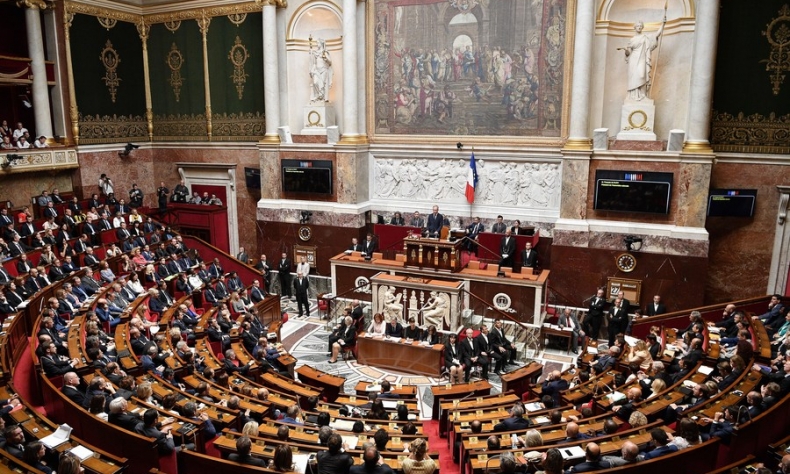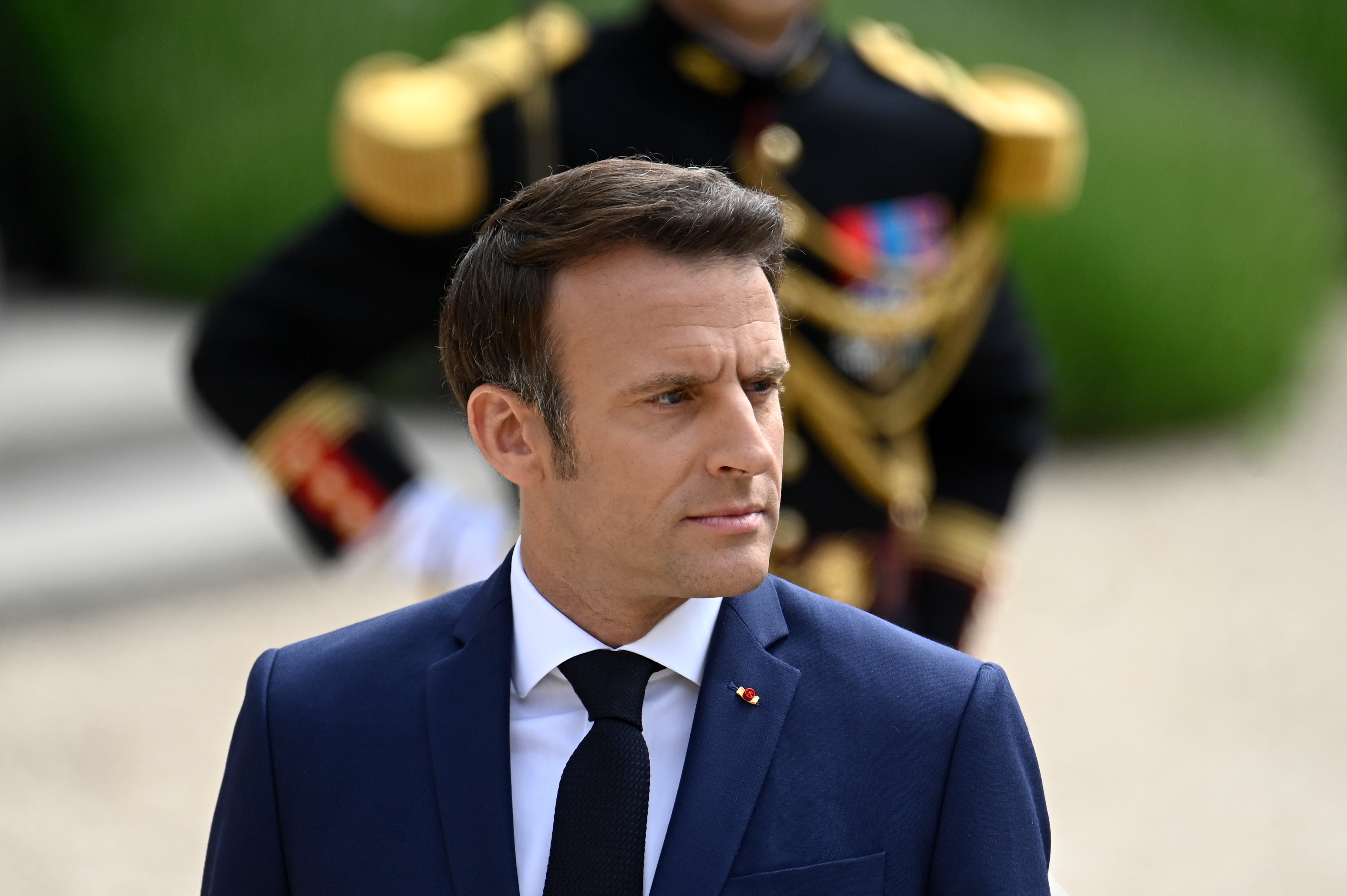Significance of the French Legislative Election

Unity is the only way forward for the left and center-left political spectrum in France.
Approximately 50 days after the presidential election, French citizens are returning to the polls. On June 12 and 19, they will participate in the two rounds of the legislative election and vote for the members of the National Assembly.
Following his victory last April, President Emmanuel Macron hopes to win the majority of seats in the 577-seats parliament. Such a majority would give him a decisive sway in domestic politics. If he doesn’t succeed, he’ll have to cooperate with other parties, appoint a prime minister who will not be a personal favorite – perhaps Jean-Luc Mélenchon – and govern according to the cohabitation formula.
In its modern history, France has witnessed three cohabitations. The first was experienced from 1986 until 1988 when socialist President François Mitterrand had conservative Jacques Chirac as prime minister. The second was from 1993 until 1995 when the same French leader worked with conservative Prime Minister Edouard Balladur. And the third was seen from 1997 until 2002, when Chirac, this time as President, cohabitated with socialist Prime Minister Lionel Jospin.
Opinion polls do not offer safe prognostics. Macron’s party La République En Marche (The Republic on the Move, LREM), the leader of the Ensemble (Together) coalition, preserves a small lead in most surveys. However, the legislative election is much less personal than the presidential race, and Macron cannot merely rely on his personality for success. In contrast, although his party has 306 seats in the current parliament, not all candidates are necessarily well-known.

The level of abstention is expected to be important once again, possibly favoring Macron, as happened last April. According to recent research findings, only 38% of respondents in France had followed the electoral campaign. In the 2017 legislative election, abstention reached 57.3% in the first round and 51.3% in the second.
Marine Le Pen, the leader of the far-right Rassemblement National (National Rally, RN) who lost the presidential election to Macron, is now hoping to officially build a parliamentary group. The threshold for doing so is 15 deputies. While RN currently has eight deputies, she appears confident about its performance on June 12. Its percentage exceeds 21% in recent surveys.
However, polls demonstrate that it is not the RN that challenges LREM in the legislative election. Instead, it is a new political formation composed of left and center-left parties called the New Ecological and Social Popular Union (NUPES). It is led by the leader of La France Insoumise (France Unbowed), Jean-Luc Mélenchon, and includes others such as the Socialist Party (PS), the Communist Party (PCF), Europe Ecology-The Greens (EELV), and some smaller political entities.
The personal hope of Mélenchon to become prime minister depends on the performance of the NUPES that is competing with Macron’s coalition. The latter appears as the favorite, but both are gathering between 26% and 27% in the surveys of the last weeks. Even if Mélenchon fails to realize his goal, he will have the opportunity to forge a united front for the years to come or inspire a joint programmatic agenda under different leadership. Unity is the only way forward for the left and center-left political spectrum in France. Disunity is certainly one of the main reasons why Mélenchon did not qualify for the second round last April, despite being very close to Le Pen.
Despite differences, parties that are members of NUPES have already presented – since May 19 – a common political program. Whether they can remain united in practice following the announcement of the result remains to be seen, of course. The preservation of the NUPES cohesion – irrespective of who finally wins the legislative election – will have a decisive effect not only on domestic politics but also on general deliberations about the future direction of left and center-left political parties in Europe.
 Facebook
Facebook
 Twitter
Twitter
 Linkedin
Linkedin
 Google +
Google +










